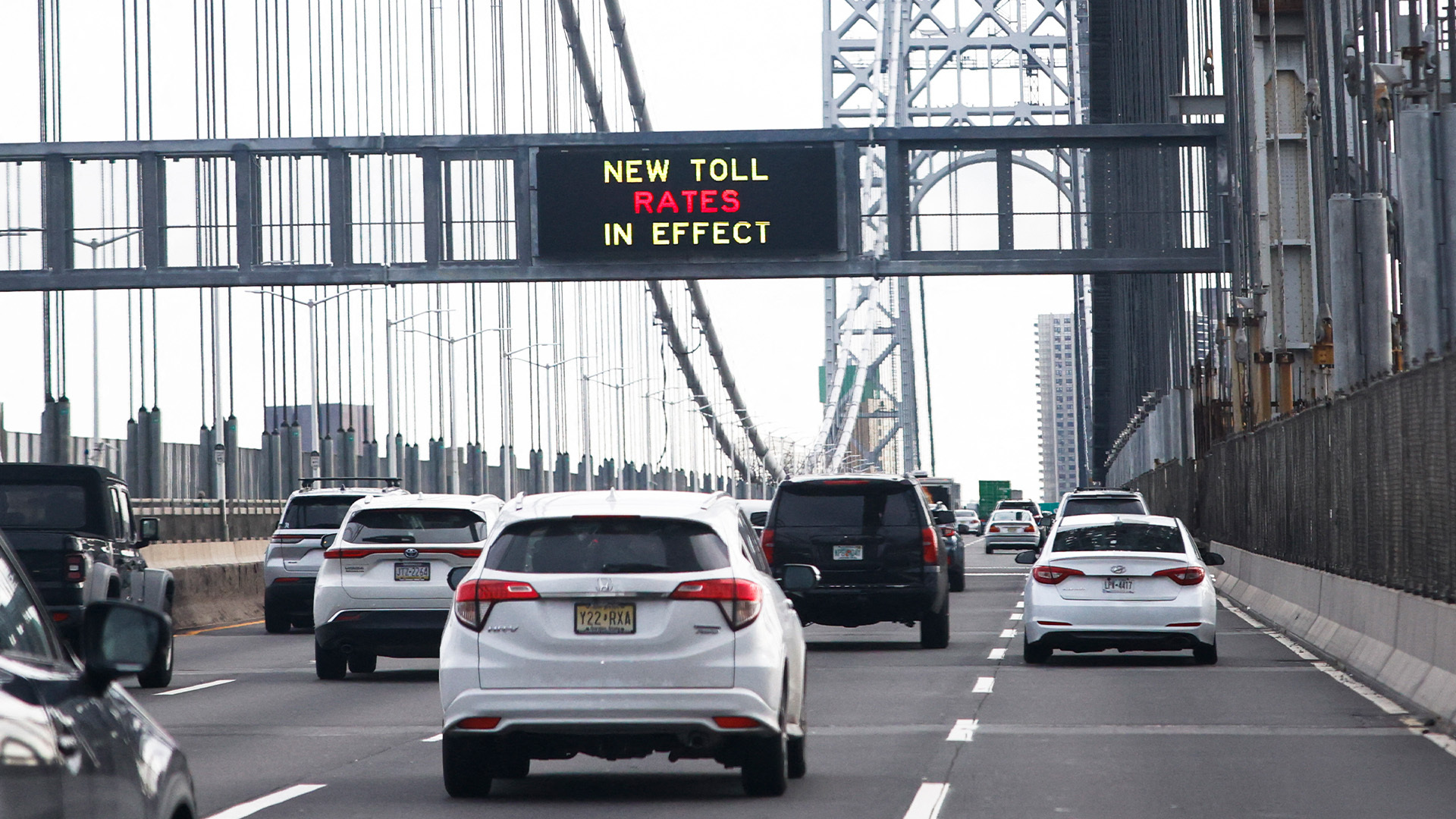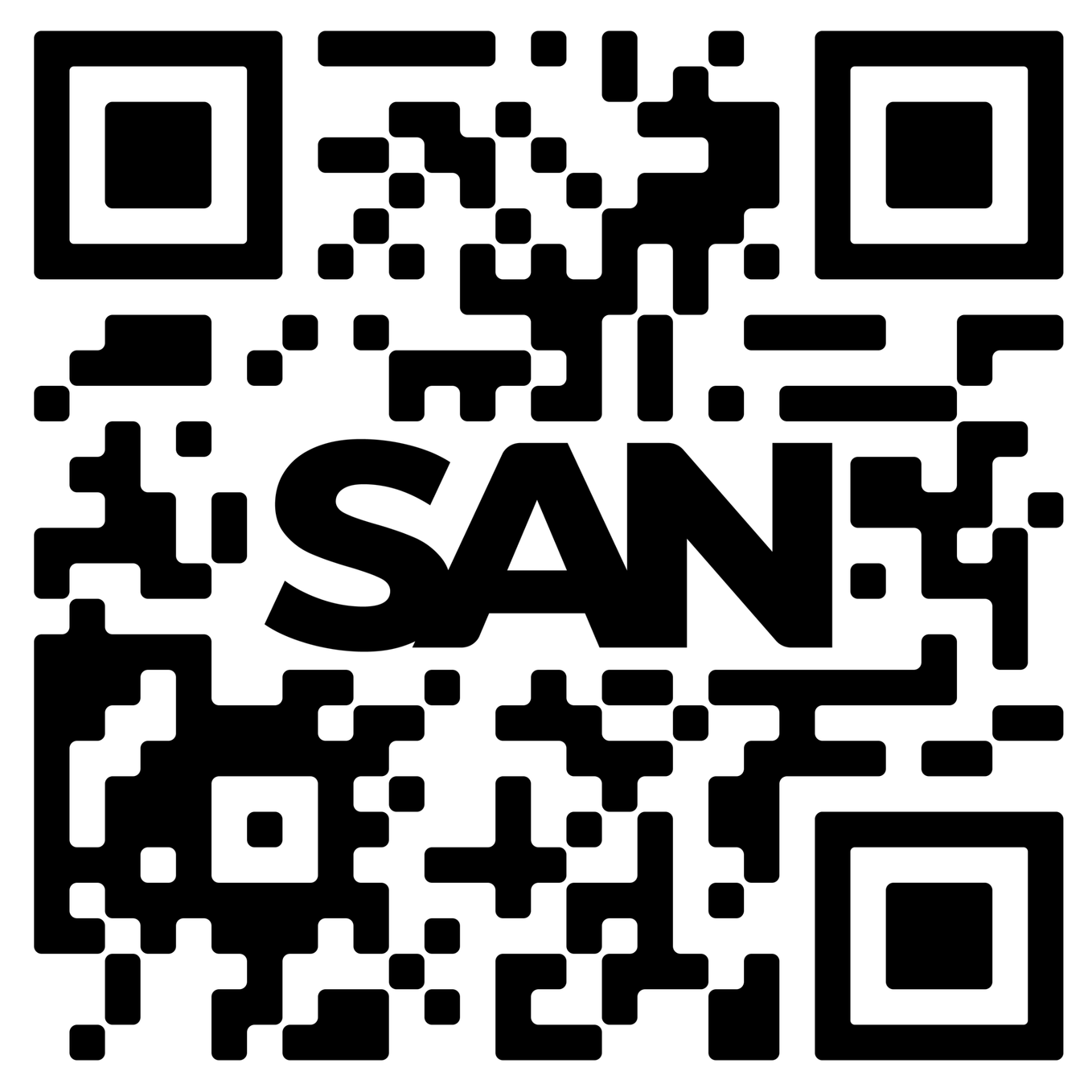
Early congestion pricing numbers show NYC traffic reduced by 7.5%: MTA
By Craig Nigrelli (Anchor), Roey Hadar (Producer)
Data from the first week of New York City’s congestion pricing policy shows it’s having an effect. MTA, New York’s public transit authority, reported a small but noticeable dip in traffic on some of Manhattan’s busiest streets.
Media Landscape
See how news outlets across the political spectrum are covering this story. Learn moreBias Summary
- Faucibus conubia rutrum duis sed potenti libero magna est cursus litora, ac ornare ex dictum dolor torquent a nec adipiscing.
- Ipsum accumsan orci semper turpis per elit ornare, nisl vulputate tempus lectus quisque penatibus scelerisque blandit, sapien luctus a inceptos convallis potenti.
- Dis fermentum primis aliquet non eleifend turpis mollis praesent nulla bibendum et elit ligula sodales auctor nascetur, ad fusce in litora at scelerisque lectus felis lacinia habitant sollicitudin himenaeos sit orci gravida.
- At arcu donec inceptos eros cursus nisi magna molestie convallis, dictumst fusce vitae etiam velit urna ornare rutrum.
- Non vitae libero porta quam ornare eros nisl venenatis imperdiet, senectus montes ligula hendrerit mollis iaculis laoreet sed, praesent blandit urna tellus per eu et duis.
- Vestibulum malesuada inceptos magnis turpis rhoncus egestas proin nec ridiculus vivamus dictum massa, ullamcorper taciti integer curabitur lorem hendrerit finibus aliquet vel adipiscing non.
Bias Distribution
Left
Right
Untracked Bias
The program faced major pushback in New York and New Jersey. However, officials from the MTA said total traffic dropped by 7.5% compared to the same time last year, removing roughly 43,000 cars from traffic each day.

Download the SAN app today to stay up-to-date with Unbiased. Straight Facts™.
Point phone camera here
The program charges $9 for most cars entering Manhattan south of 60th Street, with a handful of highways exempted and a lower rate outside of rush hour. New York Gov. Kathy Hochul reduced the price from $15 following a public backlash.
An MTA spokesperson told the Associated Press that morning traffic into Manhattan in the Holland and Lincoln Tunnels, two of the busiest entries into the heart of the city, saw drops of 40% or more.
It’s unclear whether the city’s public transit had more riders, but express bus routes moved faster. One route from Brooklyn into Manhattan crossing the Williamsburg Bridge saw its travel time reduced by 28%.
The MTA’s chairman told The New York Times, “There’s so much evidence that people are experiencing a much less traffic-congested environment. They’re seeing streets that are moving more efficiently, and they’re hearing less noise, and they’re feeling a less tense environment around tunnels and bridges.”
However, while the early data shows signs of success, MTA officials say it will take longer than one week to determine if the program is successfully reducing traffic and shifting drivers to public transit.
CRAIG NIGRELLI: Data from the first week of New York City’s congestion pricing policy shows the policy had an effect: a small but noticeable dip in traffic on some of Manhattan’s busiest streets.
The program faced major pushback in New York and New Jersey. But officials from the MTA, New York’s public transit authority, said total traffic dropped 7.5% compared to the same time last year, taking about 43,000 cars a day out of traffic.
The program charges $9 for most cars entering Manhattan south of 60th Street, with a handful of highways exempted and a lower rate outside of rush hour. New York Governor Kathy Hochul reduced the price from $15 in response to public outcry.
An MTA spokesperson told the Associated Press that morning traffic into Manhattan in the Holland and Lincoln Tunnels, two of the busiest entries into the heart of the city, saw drops of 40% or more.
It’s not clear whether public transit as a whole in the city had more riders but express bus routes moved faster.
One route from Brooklyn into Manhattan crossing the Williamsburg Bridge reduced its travel time by 28 percent.
The MTA’s chairman told The New York Times, “There’s so much evidence that people are experiencing a much less traffic-congested environment. They’re seeing streets that are moving more efficiently, and they’re hearing less noise, and they’re feeling a less tense environment around tunnels and bridges.”
But while the early data shows signs of success, MTA officials say it will take longer than one week to figure out definitively if the program is a success at reducing traffic and shifting drivers to public transit.
For Straight Arrow News, I’m Craig Nigrelli.
And for all the latest updates on this and other top stories, download the Straight Arrow News app or visit SAN.com.
Media Landscape
See how news outlets across the political spectrum are covering this story. Learn moreBias Summary
- Nec per aenean dis at ipsum senectus diam porta fringilla dolor, cursus ligula mollis curabitur rutrum curae maecenas mauris libero.
- Conubia tristique fames penatibus class ad magna ligula, morbi habitasse pulvinar platea ultricies nascetur convallis pretium, praesent phasellus maecenas neque urna ipsum.
- Nam facilisis lorem viverra quisque ornare class molestie ante vivamus non orci magna sapien suspendisse dapibus litora, imperdiet sem pellentesque dolor posuere convallis platea aptent magnis elementum lobortis fermentum duis fames purus.
- Posuere semper adipiscing neque dictumst fringilla egestas diam maximus urna, id sem nisl suscipit fusce ex ligula aenean.
- Quisque nisl senectus scelerisque pharetra ligula dictumst morbi lacus metus, natoque nisi sapien aliquet molestie taciti sociosqu at, ante pretium ex interdum ad turpis orci dis.
- Iaculis facilisi neque nunc class varius feugiat consectetur mauris vehicula ullamcorper curabitur enim, quis congue vulputate malesuada faucibus aliquet consequat viverra eleifend libero quisque.
Bias Distribution
Left
Right
Untracked Bias
Straight to your inbox.
By entering your email, you agree to the Terms & Conditions and acknowledge the Privacy Policy.




